2021 Harvest Report
The vine-growing year of 2021


The winter of the vine-growing year that spanned 2020 and 2021 was generally cold apart from February, which saw particularly high rainfall versus long-term averages. Spring saw mild weather, albeit with higher rainfall than average, especially in April. This brought ground water levels back to normal, so essential in the Douro region.
June’s weather varied greatly, with thunderstorms and hail in some parts of the Douro Demarcated Region, but no damages to report in any of our quintas. Summer, however, was dry, with July and August reporting no rainfall at all.
The vine growth cycle began slightly early compared to the region’s average, but that headstart was thwarted after blooming, says Márcio Nóbrega, head of viticulture at Sogevinus. Diseases and pests played no significant role, as we were able to consistently resort to sustainable practices to maintain the vines in perfect health conditions.
We began the harvest in August, in dry weather and moderate temperatures which benefited gradual ripening. However, the rainfall at the beginning of September combined with mild temperatures substantially slowed down the maturation pace of the grapes.
As far as our Quintas are concerned, the rainfall on the 1 September affected only Quinta do Bairro, in Baixo Corgo. Intense rain fell across the region between 14 and 23 September. This deferred the usual rush to pick the grapes, so the viticulture and wine-making team had extra time to organise logistics and harvesting teams to better select perfectly matured berries. The grapes arrived at our wineries in excellent health.
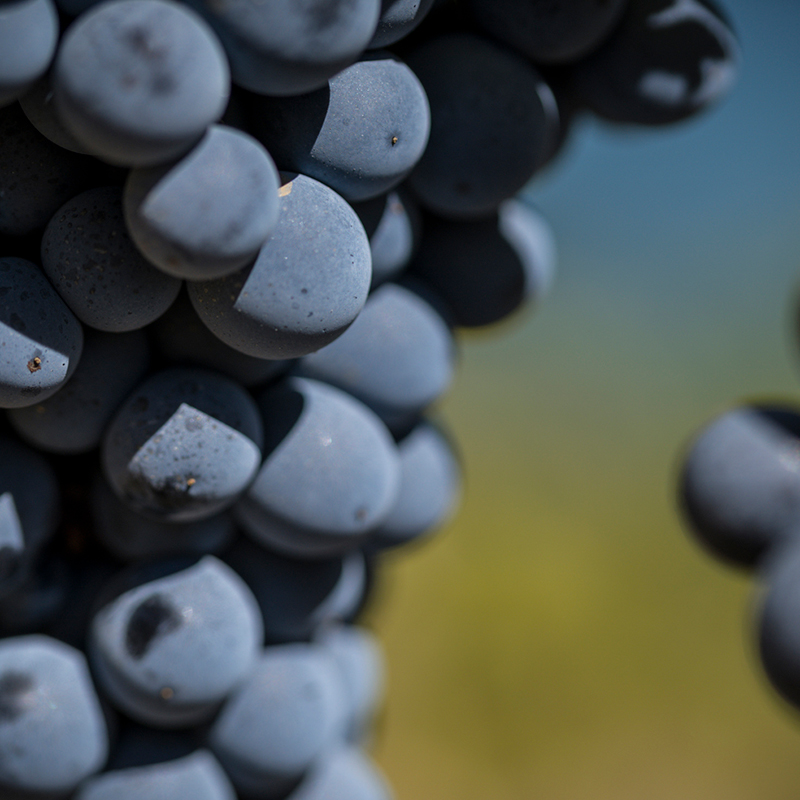
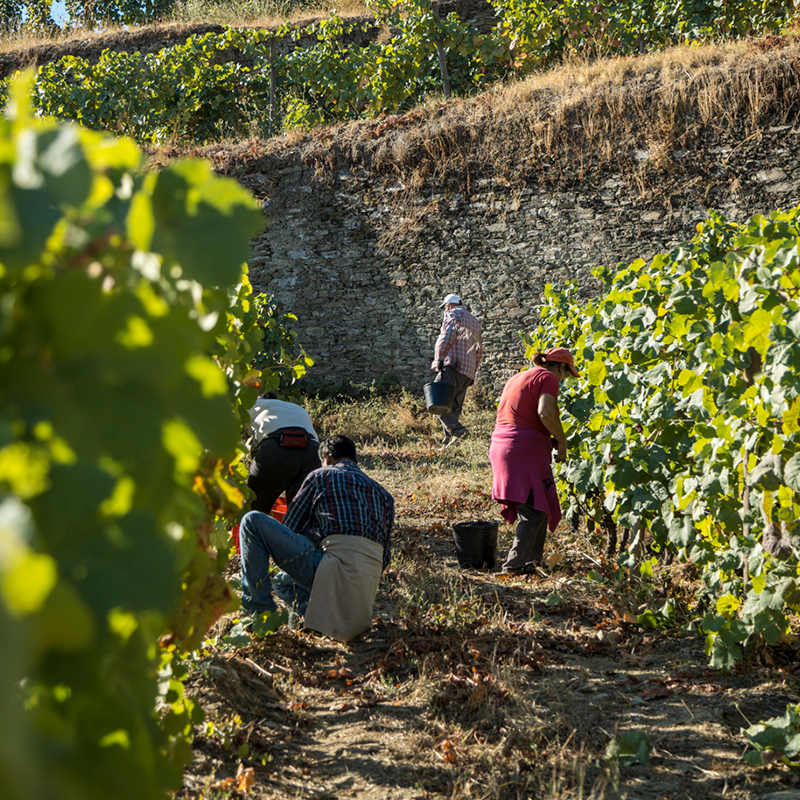
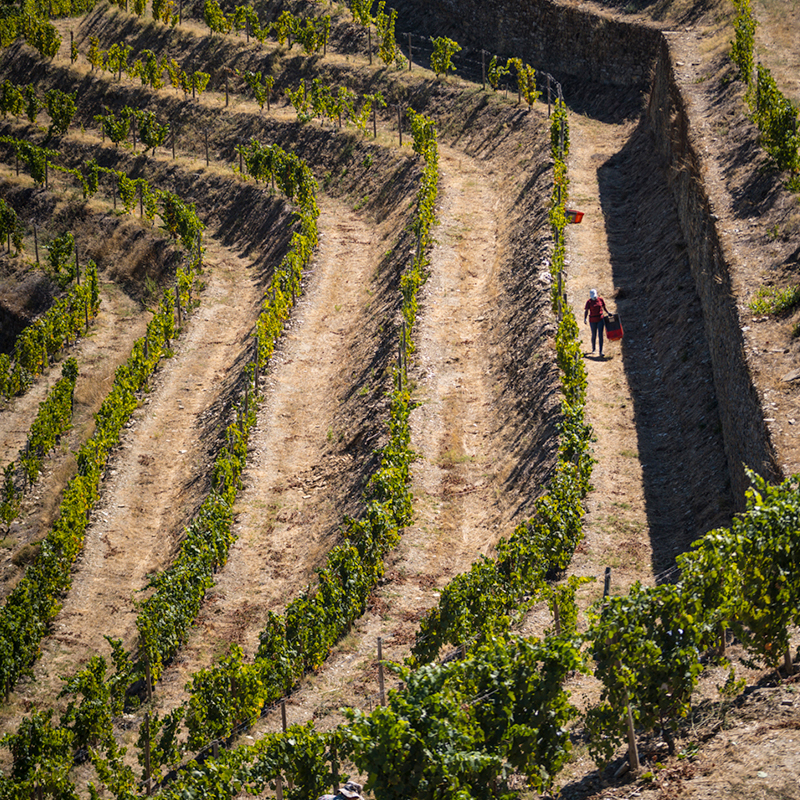
On 1 September, we decided to open the doors of our São Martinho de Anta winery to the first Port wine grapes, coming from the lower plots of our Douro Superior vineyards, explains Carlos Alves.
The 2021 campaign was defined by the irregular pace of grape maturation, which resulted in low levels of sugar, inducing our winemaking and viticulture teams to work closely with the aim to determine the exact optimum picking dates – an increasingly critical factor in the final quality of the wines, says Carlos Alves, head winemaker for Port wines at Sogevinus.
By mid August, the pace at which the grapes were ripening was different across the vineyard and in same cases it was different even within the same plant. This meant a delay to the start of the harvest was likely (compared to recent years), but in the end, the rainfall at the end of the month and the unstable weather thereafter actually brought the picking forward.
The grapes picked before the period of more intense rain resulted in musts with higher concentration of both colour and aromas, a contrast to the remaining harvest, which produced wines with more freshness and elegance – and these, according to Carlos Alves, are the traits that define the 2021 harvest. The musts produced wines that were fresh and rich in aromas, in the case of the whites. As far as the reds are concerned, they show elegance of aromas and flavours.
In terms of performance, the blend of the varieties Touriga Nacional, Touriga Franca and some Tinto Roriz has produced Ports that show excellent quality. In the white varieties, Viosinho delivered fresh and dense wines and Malvasia, with higher sugar content, produced more structured wines.


Although this harvest was a difficult one, we are generally quite pleased with the wines it’s produced. It is slightly early to judge the final quality, as Port wines need the severe Douro winters to deliver all their potential. However, so far I think the wines will stand out for their elegance rather than structure, and they will certainly age beautifully given their natural acidity – both traits that qualify for excellent wines, concludes Carlos Alves.
2021 brought some upgrades in the winery, with an overall update in the wine-making process, following some investment in new equipment and improvement of the operational flow, aimed at maintaining and increasing the grapes’ quality and better preparing ourselves not only for the usual challenges we face, but also new ones, such as climate change.
The 2021 harvest was defined by a wider period of maturation in most of the grape varieties compared to recent years, as a result of the low temperatures and rainfall that hit the region. The close monitoring of each plot individually to oversee the ripening pace of the grapes was vital to obtaining wines with highest quality potential.
Given that the optimum picking date is key to obtaining good quality wines, it’s worth mentioning that the unstable weather conditions in the months before harvest – which caused grapes to ripen slower and inconsistently – forced us to re-plan the harvest dates in detail, quinta by quinta, taking into consideration other factors, such as assuring the preservation of the grapes’ quality after picking, adapting logistics to each grape variety, the location of the quintas and the desired profile for each wine. The care and investment in improving details in processes such as grape picking and transport to the winery, or in the customization of the wine-making process by plot, grape variety and sub-region are increasingly challenging and motivating, explains Ricardo Macedo, head winemaker for Casa Burmester and São Luiz DOC Douro wines.
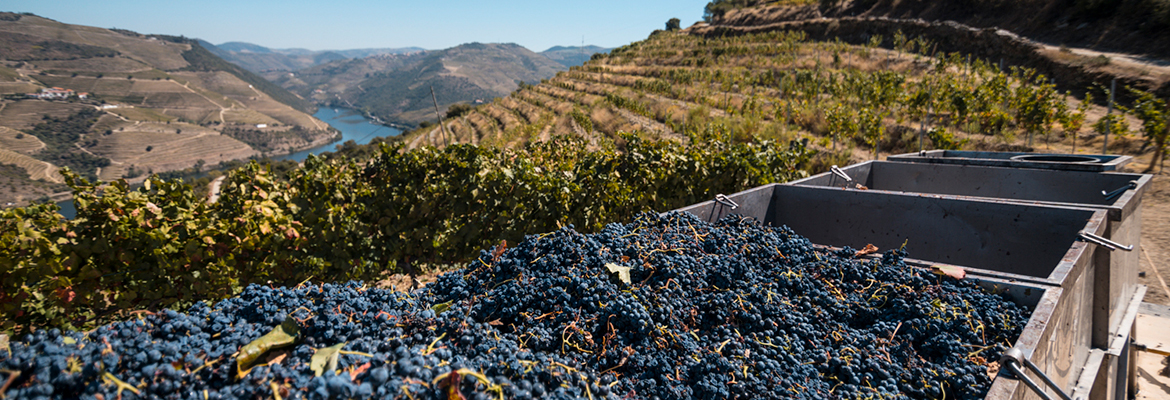
In general, the 2021 harvest has produced red wines that are fresher and of good colour. The alcoholic contents are slightly lower than previous years, generating balanced wines with good tannins, which at this point are already smooth and creamy, anticipating good quality, adds Ricardo Macedo.
As for the varieties, Touriga Nacional is fresh and aromatic, with notes of orange blossom and violet. On the palate, it is delicate and elegant. Tinta Roriz is displaying a rather interesting mineral quality, good acidity and aromas of fresh fruit. Sousão has produced very dark wines, full-bodied and velvety in the mouth. Touriga Franca, grown on higher ground, should be mentioned, for its berries are showing greater quality than previous years and steadier yield per plant, producing wines with lovely structure and vibrant colour, robust, with floral and fruity notes, such as blackberries and rose blossom. As a last note, our Old Vines from Quinta de São Luiz have delivered wines with vibrant colour and unique character, distinctive of these ancient plants. Wines that are balanced, with excellent structure and good acidity.
The white wines produced from the 2021 harvest were generally fresher and fruitier. The grapes from higher plots delivered wines that show good fruity aromas and high acidity, says Macedo.Folgazão shows good structure and freshness and complex aromas, whilst maintaining its traditional elegance. In Viosinho we find a perfect balance between sugars and acidity, which makes for structured, full-bodied wines, with good alcohol content, quite floral and with subtle notes of aniseed and peach. Malvasia Fina shows notes of tropical fruit – passion-fruit and pineapple. Gouveio delivered wines with good structure and complex aromas of fresh fruit, such as apricot. The variety Fernão Pires is showing structure and strong aromas of citrus – orange and lime blossom. One of the last varieties to be picked was, once again, Arinto from plots above 500 m altitude, from which the wines made show assertive acidity and strong minerality, highlighting notes of fresh fruit – unripe apple and lemon, whereas passion fruit notes are less prominent this year.
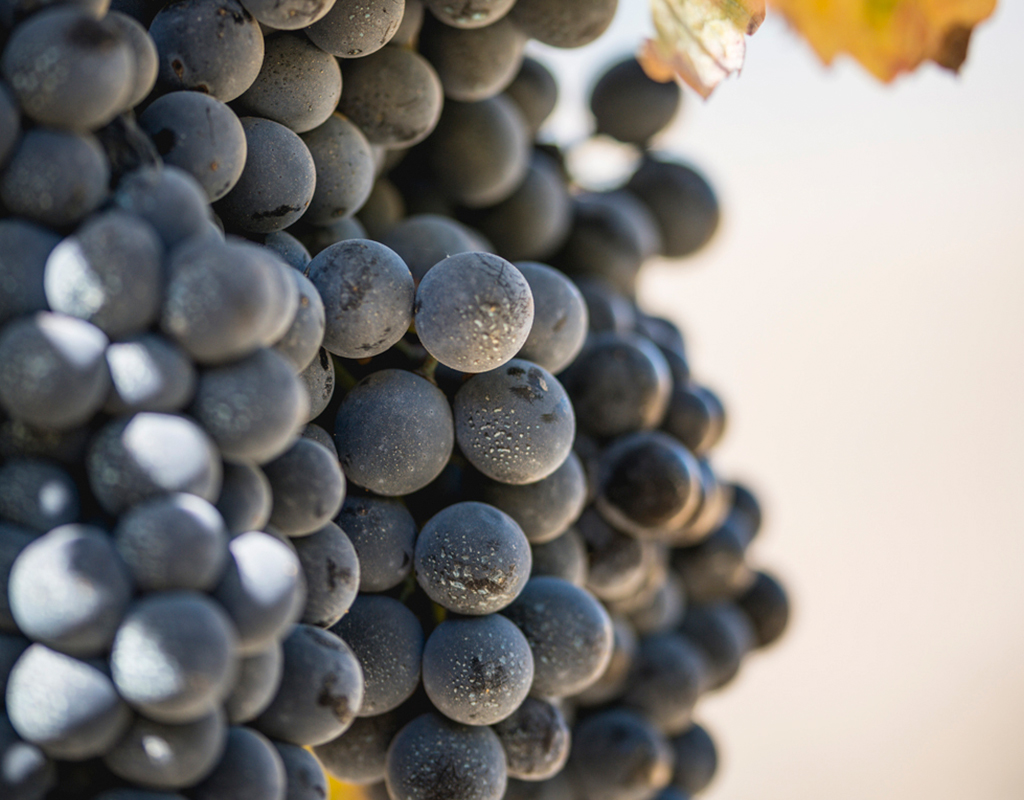
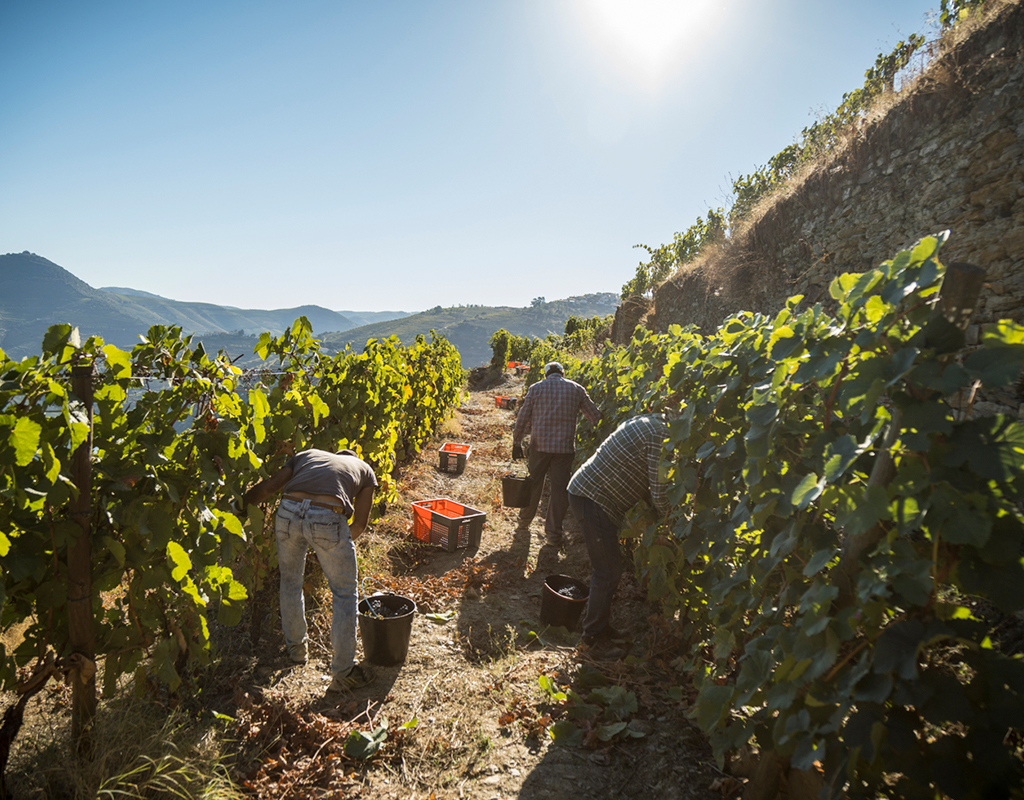
At Quinta da Boavista, the vine-growing year of 2020/2021 was defined by the moderate temperatures in Spring and Summer, with small fluctuations and very few consecutive days with temperatures above 35°C. This, combined with satisfactory water conditions, made us predict a balanced ripening at the beginning of August.
The first results from ripening monitoring performed at Quinta da Boavista confirmed this. The samples revealed pips with smooth tannins, skins with good aromas and flesh with good acidity and the expected sugar concentration levels.
Grape picking at the Quinta began on 26 August, with the varieties Arinto and Viosinho, followed by Donzelinho Tinto, of which the musts were rather balanced: the two whites were fruity and fresh, whereas the red Donzelinho Tinto showed good structure, with defined tannins but smooth.
The planning of the remaining varieties, however, was the subject of great thought. The end of August and beginning of September brought mild temperatures with some rainfall, as predicted by the weather forecasts, and this instability disturbed the grapes ripening. At this point, the vast experience of the wine-making and viticulture team proved to be invaluable, as well as the many samples from maturation control, and the team had to re-schedule the picking so that the grapes received in the winery were the best quality possible.
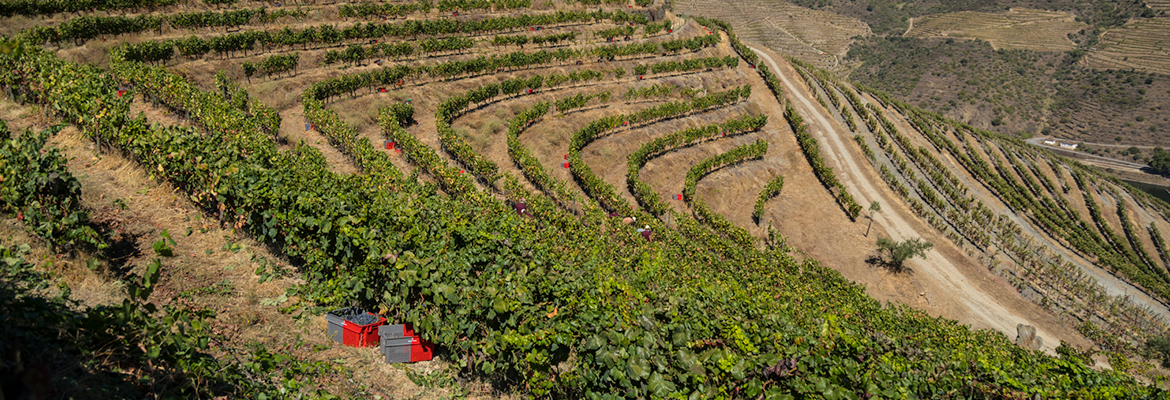
The harvest restarted on 8 September with the picking of the Touriga Nacional plot that mostly faces south. After that, the Old Vines of Oratório and Ujo were harvested, followed by Alicante Bouschet and then Touriga Nacional from the higher plots. We finished the harvest at Quinta da Boavista on 14 September with the picking of Touriga Franca, precisely when the rain started falling again in the Douro.
The selection and processing methods we have implemented in the winery have enabled us to ensure high quality musts by choosing only the best of the best to ferment, explains Carla Tiago, head winemaker at Quinta da Boavista.
The resulting wines show freshness and elegance, and good complexity of aromas. The Vinhas Velhas wines show great volume, Touriga Nacional is exuberant, Alicante Bouschet is fresh and fruity, and Touriga Franca shows rich structure.